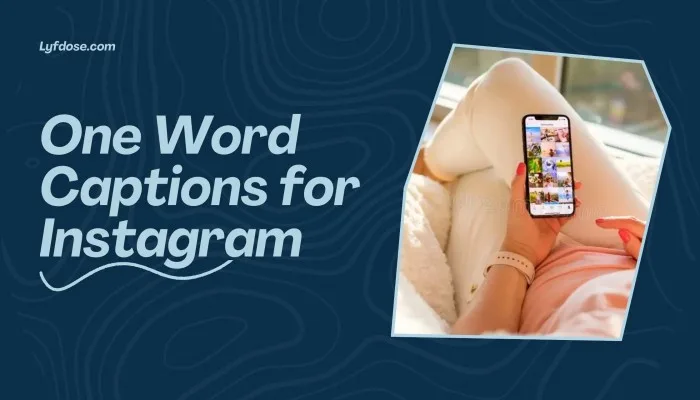
Marketing Land’s daily brief features daily insights, news, tips, and essential bits of wisdom for today’s digital marketer. If you would like to read this before the rest of the internet does, sign up here to get it delivered to your inbox daily.
Good morning, marketers, who will blink first?
As we learned earlier this year, Google may effectively leave Australia if the Australian government follows through with its threat to make the search giant pay to link to news sites.
Now Facebook has said it will restrict publishers and users in Australia from sharing or viewing news content if forced to pay fees to the publishers of that content. A statement from Facebook said that the law “fundamentally misunderstands” the relationship between Facebook and publishers. The relationship, of course, involves Facebook publishing (links to) content created by others without paying a dime. Oh yes, and helping out publishers by referring traffic to their sites.
Sure, this threat from Facebook might do some damage to publishers, but what will be the impact on Facebook’s business model in Australia (and other countries if the precedent is followed)? Facebook may once have been a place to share photos of your wedding or your cat, but surely its prominence has grown as it has become a crucial news source for many of its users, for better or worse. Other people’s news, of course.
Kim Davis
Editorial Director
Google’s search choice screen had virtually no effect on search market share
Google’s search choice screen was introduced nearly a year ago as a way to appease the European Commission after it fined the company €4.3 billion (roughly $5 billion), the largest antitrust fine the commission has ever imposed. But the sector is no more competitive now than it was before Google launched the search choice screen, with Google dominating the market and other search engines hardly making a dent.
The search choice screen is presented to Android users in the EU, setting up their devices for the first time or after performing a factory reset. There are four search engines (including Google) to select from, and the user’s selection determines the default search box on their home screen and in Google Chrome.
Among the drawbacks are the limited number of alternatives to Google displayed on the screen and the fact that the screen appears only on Android devices released after March 2020. Google’s competitors win a slot on the screen by bidding to pay Google the highest fees each time their search engine is chosen by a user.
A new search choice screen could decrease Google’s mobile share as much as 20 percent in certain markets. If that figure seems high, that’s because it is, but under the current scheme, Google’s share of the mobile search market has only declined fractions of a percentage point, suggesting that the choice screen has had little, if any, effect on the competitive landscape.
Consumers are looking for comfort, new guide says
In a guide that draws on a number of resources, graphic design marketplace Crowdspring says that today’s consumer is looking for reassurance, comfort and a sense of security. In addition to wanting brands to share their values, consumers want a sense of rapport and trust: “people who are not comfortable will not do business with you,” the guide says.
Whether designing for the web, for packaging or for offline advertising channels, organizations should consider how their brand includes not just the right content, but also reassuring colors, spacious layouts and easy-to-read fonts. Another way to offer comfort is to tap into nostalgia, the guide suggests.
Why we care. There is no question that consumers are rethinking their relationships with brands. Except for perhaps the most routine purchases, the appeal of purely transactional relationships is on the downturn. Consumers want to return to brands with which they feel at ease. A sense of comfort may not be the only option: It is still possible for brands to win by being surprising, exciting and inspiring. But yes, comfort is an important factor to consider.
Quote of the day
“I get the sense that as we all get savvier about building and activating segments, the pendulum is swinging back a bit toward effective content and asset management. You can now micro-tune your engagement to smaller audiences. What will you say? And how will you track the efficacy of that message? Data management and content management are a double-helix.” Tony Byrne, President, Real Story Group



